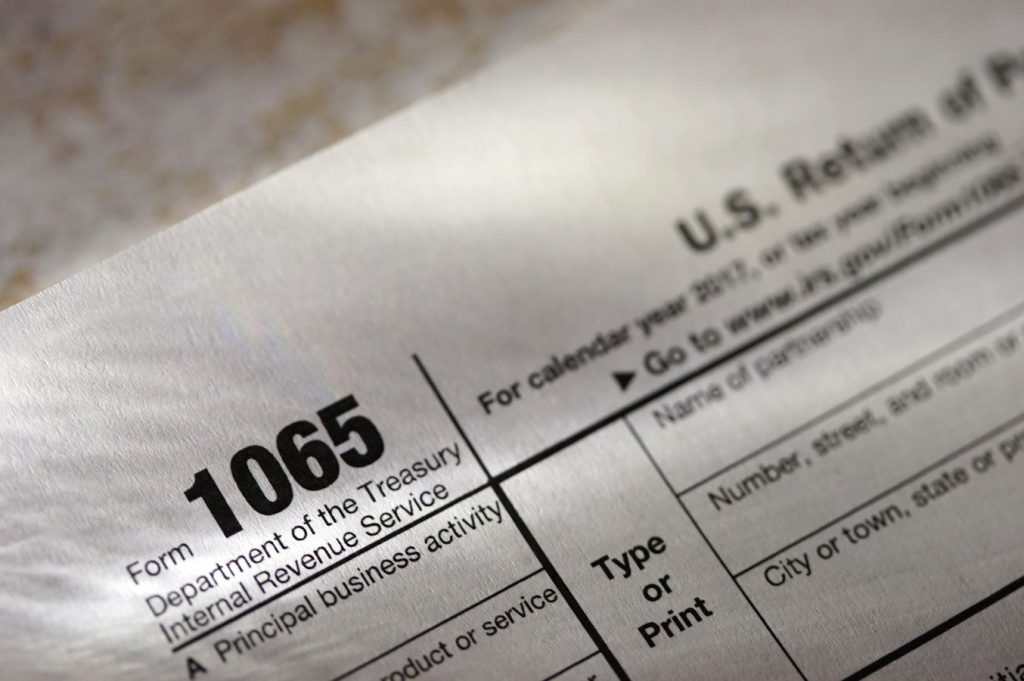The Internal Revenue Service (IRS) has been increasing its focus on large partnerships in recent years, with the launch of its Large Partnership Compliance (LPC) program in 2021. This program targeted some of the largest and most complex partnership tax returns for audits. The IRS later expanded the LPC program to include more partnerships through the use of artificial intelligence. In September 2023, the IRS announced the establishment of a designated pass-through group within its Large Business and International (LB&I) division to further target large partnerships. This unit aims to disrupt efforts by certain large partnerships to avoid paying taxes by using pass-through entities. IRS Commissioner Danny Werfel emphasized the agency’s commitment to using funding to end low error rates for wealthy and large entities.
On May 2, 2024, the IRS updated its Strategic Operating Plan to increase audit rates for large partnerships with over $10 million in assets nearly ten-fold compared to historical audit rates. This announcement comes as the IRS has been warning of its intentions to crack down on large partnerships with increased budget and more liberalized partnership audit rules passed by Congress. As the IRS continues to focus on large partnerships, taxpayers may wonder what partnership items are more likely to trigger an audit. While large and unusual items naturally increase audit risks, the IRS has provided some indicators that may raise red flags. Questionable balance sheet items and discrepancies, as well as issues with self-employment taxes and distributions exceeding outside basis, have been highlighted as potential audit triggers.
Partnerships are generally required to file tax returns with balance sheets, and questionable items on these balance sheets may signal to the IRS that the partnership has not maintained proper records or has made reporting mistakes. The IRS has noted ongoing discrepancies in large partnership balance sheets as indicators of potential non-compliance. In terms of self-employment taxes, partnerships have taken positions that limited partners are exempt from SECA taxes, but a Tax Court decision in Soroban Capital Partners LP v. Commissioner clarified that the limited partner exception does not apply to partners actively participating in the partnership’s trade or business. The IRS announced it would increase compliance efforts on limited partners claiming exemption from SECA taxes.
Another potential red flag for IRS audits is distributions in excess of a partner’s outside basis. Partners generally do not recognize gain on cash distributions unless they exceed their adjusted basis in the partnership. LB&I announced a campaign in August 2022 targeting distributions exceeding a partner’s basis, emphasizing the need for partners to maintain good records and be prepared to substantiate their outside basis in case of an audit, especially after large cash distributions in certain tax years. Partners should be aware of these potential audit triggers, as the IRS continues to increase its focus on large partnerships and aims to crack down on tax avoidance and non-compliance.


